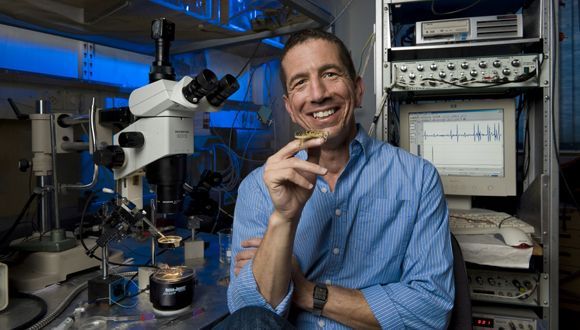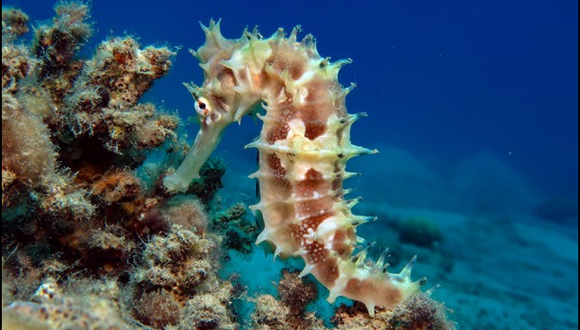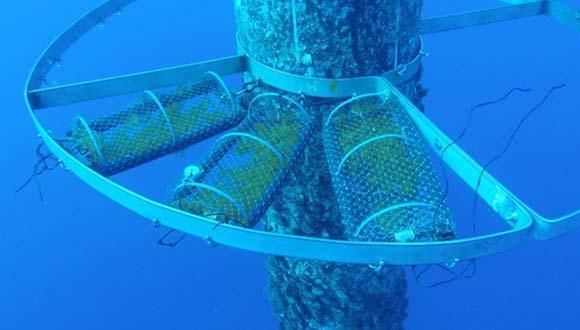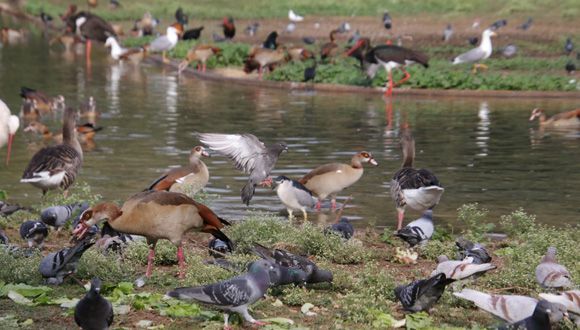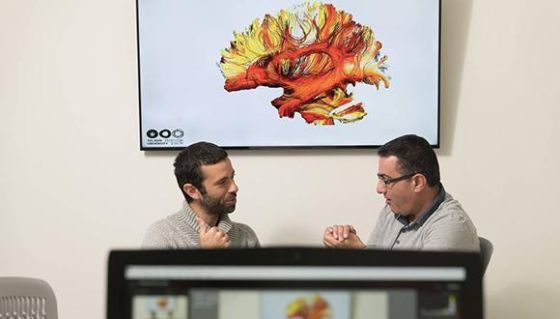
Inside a bat’s brain
Prof. Yaniv Assaf and Prof. Yossi Yovel are working together on a unique collection of brain scans of different mammals
It’s a chicken versus egg scenario: Does behavior build a neural network or does the design of a brain network dictate behavior? It turns out that they both influence each other.
“Evolutionary science holds that particular behaviors drives the brain to develop and evolve in a particular way. Later, brain networks may drive behavior,” explains Prof. Yossi Yovel of the Department of Zoology, George S. Wise Faculty of Life Sciences. Yovel specializes in bat echolocation – the location of objects by reflected sound – at his Bat Lab of Neuro-Ecology.
A number of years ago he approached his former MSc advisor, Prof. Yaniv Assaf, Head of the Department of Neurobiology, with a surprising request. Yovel sought to draw on Assaf’s expertise in MRI imaging techniques to scan the brains of wild bats. Could the images show how bats’ use of sound rather than vision to navigate the world influences the development of their neural networks? “I focus on human brain imaging,” says Assaf. “Now, five years later, we have scanned over 100 species – all expired of natural causes – including many species of bats, of course,” Assaf continues with a nod to Yovel. “We use the MRI machine after hours so as not to interfere with ongoing research, and we have found that, yes, bat brain networks have highly developed aural – rather than visual – networks.”
From bats to all mamals
What began as a scientific hobby has become a scientific first. The scans, which are specially calibrated to show the design and function of brain microstructure, pathways, and networks, reveal the principles governing the mammalian brain.
“Like the internet and other computer networks, or road and transportation systems, the brain is a network. The brain’s two hemispheres are connected with fibers. Our scans show that mammals with a greater number of inter-hemisphere connecting fibers will have, inversely, poorer connectivity within the hemisphere itself and vice-versa,” says Assaf. “This information can influence how networks are constructed.”
The true story of the autistic man who inspired the film Rain Man illustrates this phenomenon: The hemispheres of his brain were completely unconnected. The local network in each hemisphere was so strong that he could perform complex computations within seconds. But the lack of connection between hemispheres affected his function and behavior. We need a mix of both for a functional, strong network.
Access for researchers worldwide
”While evolutionary scientists are certainly interested in our scans, it is mathematicians and computer scientists working on smart, efficient computer networks and artificial intelligence who are the most excited,” says Assaf.
Yovel continues, “When people hear about our project at conferences or by word of mouth, they immediately want to see our findings. But we are not yet ready. We aim to scan 10% of all mammals, which means about 500 species including those transported from abroad, which will be very costly. We need graduate students to help build the collection more quickly. We aim to create the only collection of its kind worldwide – a digital collection of scans at the Steinhardt Museum of Natural History that can be accessed by scientists around the world.”
Featured image: Prof. Yossi Yovel and Prof. Yaniv Assaf
Related posts
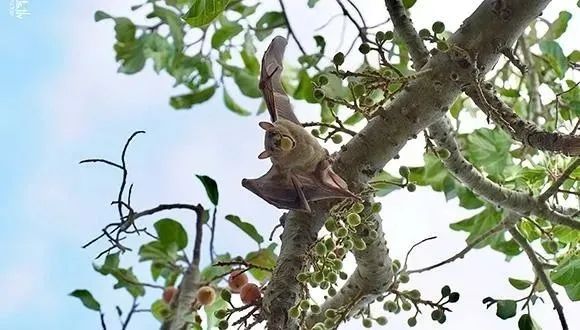

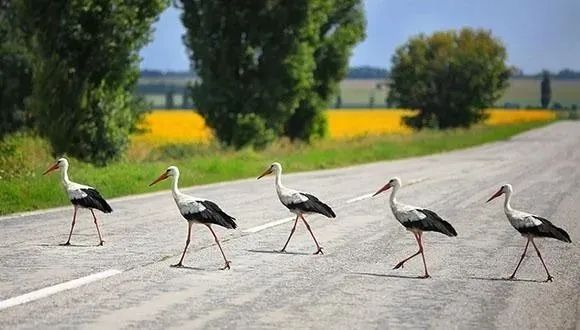

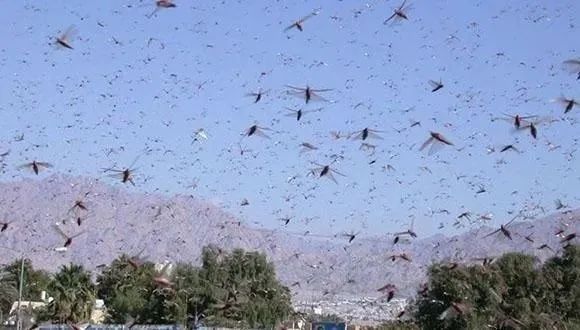
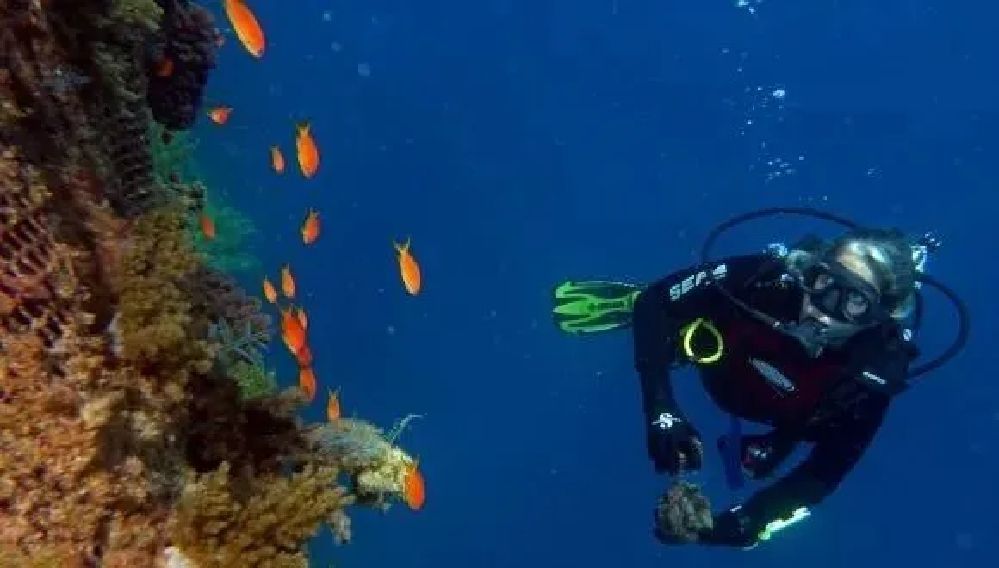

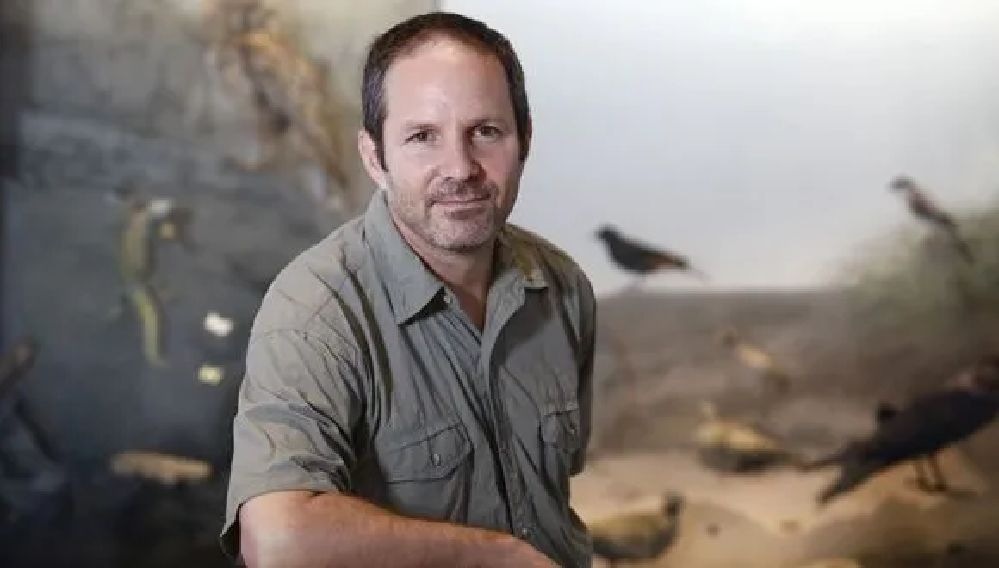
Over the Past 1.5 Million Years, Human Hunting Preferences have Wiped Out Large Animals


